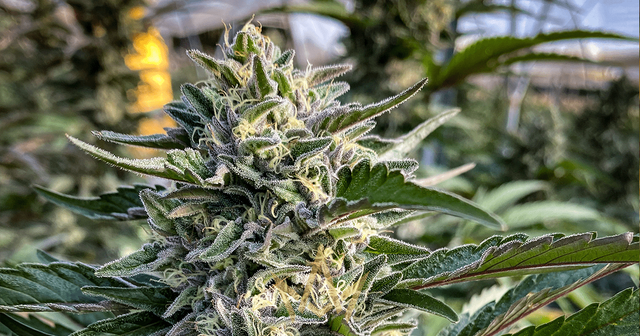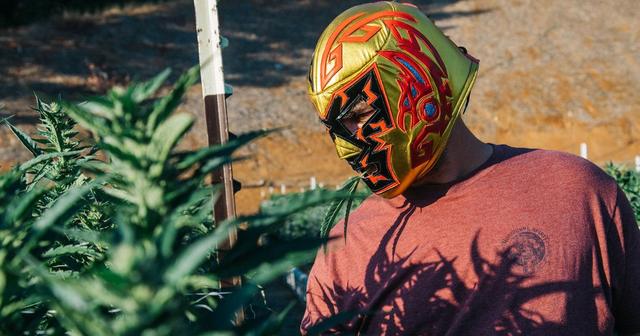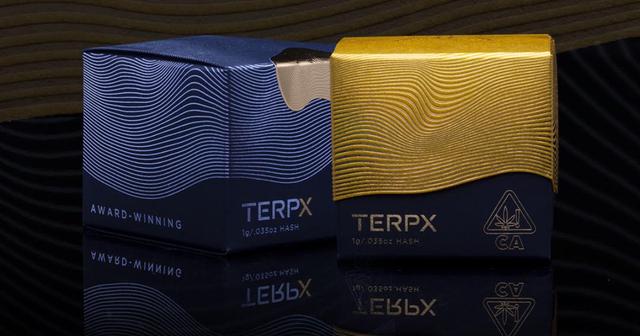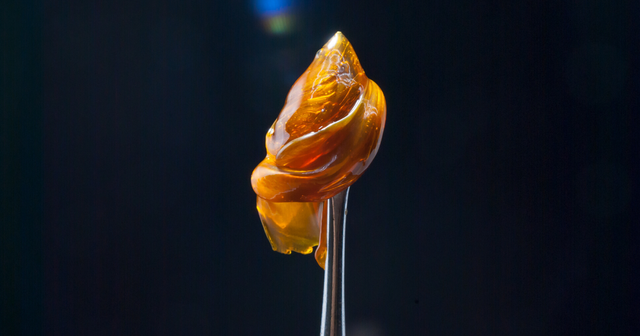Croptober Harvest Season is Upon Us
Croptober is a time where we reap the fruits of the sungrown fall harvest from Northern California. From late September through November, fresh drops of outdoor grown cannabis hit the shelves, showcasing new genetics and the results of cultivators' hard work on their farms. Production labs work with these farms to source new harvests and freshly frozen flower in order to produce their concentrates, edibles, extracts and vapes. Read more about what March and Ash has coming this Croptober. Written by Randy Villarba
Croptober is celebrated during the month of October in the United States, and it is very special to those within the cannabis industry. Croptober is a month-long harvest where cannabis farmers reap the benefits of a long growing season. It's that time of the year when the weather conditions and dwindling sunlight in California triggers the final maturing stages of the cannabis flower.
Continue reading to learn more about outdoor cannabis harvesting and some of the brands that utilize outdoor cannabis to produce cannabinoid and terpene rich products.
The name Croptober comes from the fact that over three quarters of the outdoor grown cannabis in Northern California matures and is harvested in the month of October. Some cannabis genetics are known to have a shorter cycle, but those with sativa traits can take even longer, sometimes with a growing cycle that runs well into November.
Outdoor cannabis growing methods in California range from farms that are in pop-up hoop houses that help protect plants from the elements to acres of land where weed is grown under the sun, moon and stars. More modern outdoor growing techniques include massive greenhouses, equipped with state of the art climate control, supplemental lighting, irrigation and air filtration infrastructure.
Outdoor Harvest Season is Upon Us
Outdoor cultivations use the last few months of the year to showcase their ability to cultivate the top shelf quality flower that the Northern California region has always been known for producing, even before cannabis legalization. Comparing the certificates of analyses or lab results with some indoor grown flower, it is easy to see that some outdoor grown flower can hold its weight with the right genetics and proper cultivation methods.
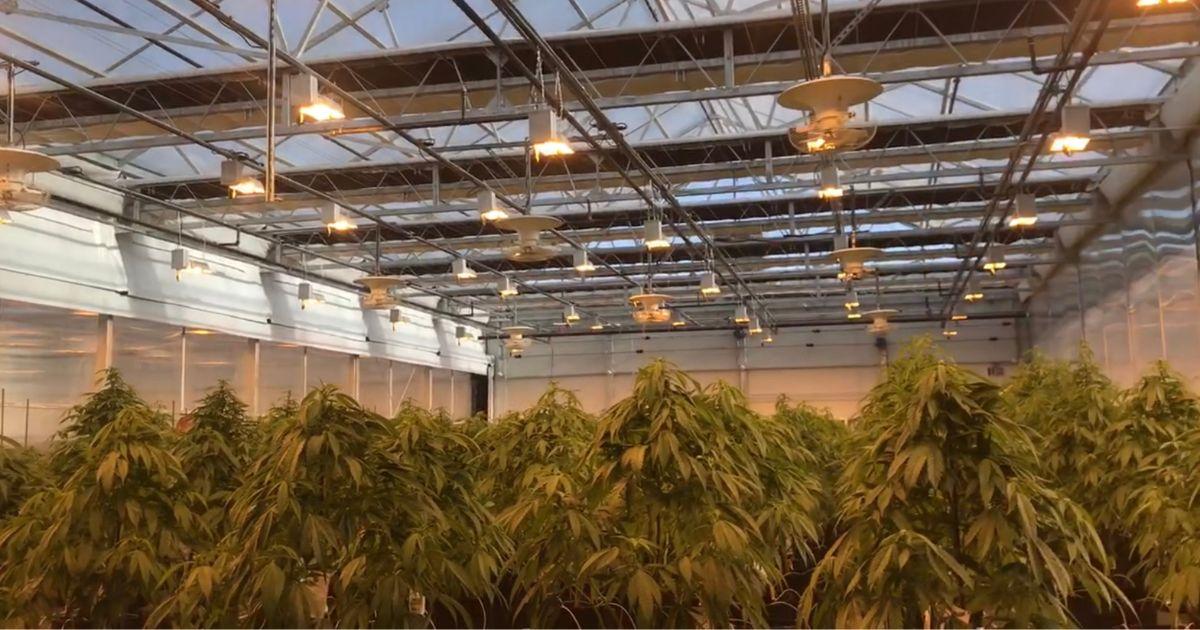
All the pheno hunting, research and development reaches its crescendo as highly sought after cultivars and a whole new round of genetics make their way to dispensary shelves. This mass influx of sungrown cannabis coming into the market allows budget conscious consumers to grab larger quantities of flower that are high in cannabinoid and terpene content at a more economical price.
It’s Harvest Time
As the Northern Hemisphere transitions into fall, our days get shorter. As the daylight starts to dwindle below roughly twelve hours north of the equator, this triggers outdoor plants to start producing their flowers.
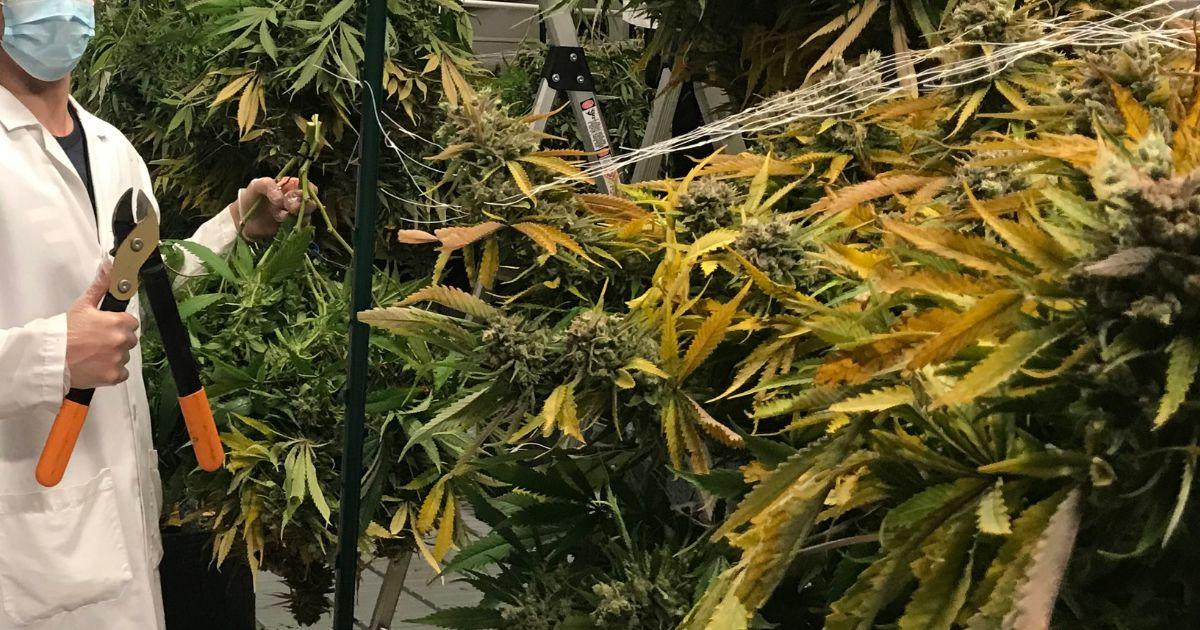
Croptopber is the culmination of all the long hours and hard labor during the outdoor growing season. The first half of October is when most of the harvesting and trimming takes place, followed by the meticulous drying and curing processes of the flower.
“When dried improperly, buds can lose quality, and can even get moldy,” explains Dennis Hunter, co-founder of Farmer and the Felon and CannaCraft.
“For proper curing, after dried and trimmed, you want to place your buds in air-tight containers like glass mason jars, and store them in a cool, dark environment for several weeks. This final stage allows buds to develop those pristine aromas, flavors, and effects.”
Indica Harvest
In its respective native environments, the cannabis plant has its own growth cycle inherent to its region’s climate, geography and topography. An indica harvest has a shorter life cycle. Most indica and indica dominant hybrid varieties’ shorter maturing cycle is attributed to their origins in regions with more extreme climate variations.
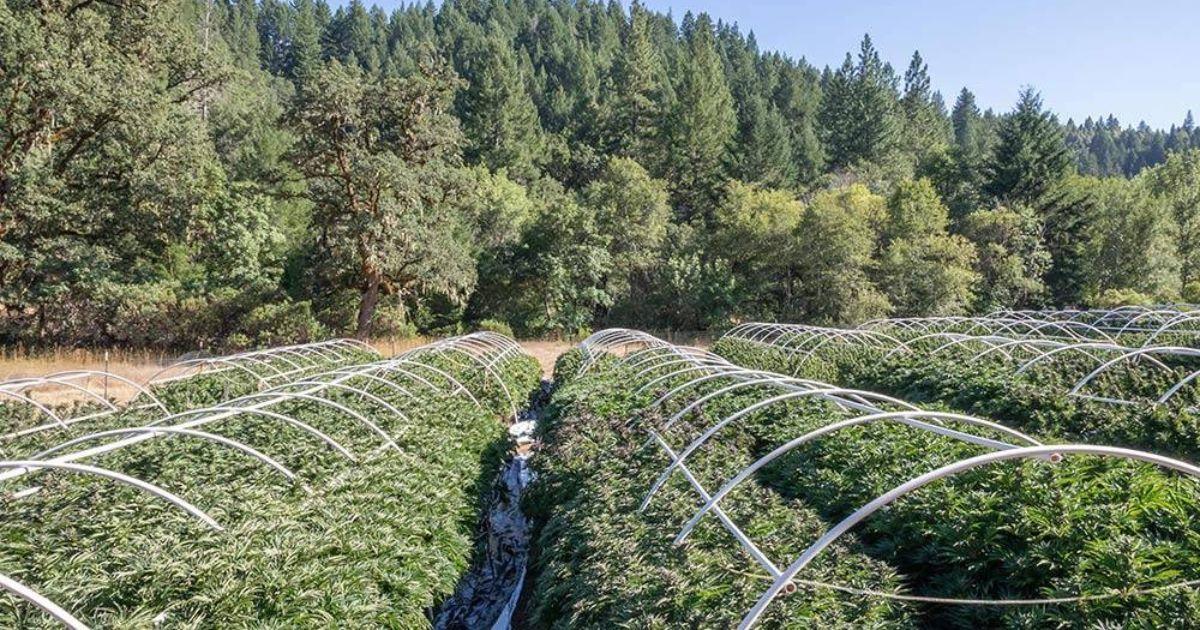
Cake Smalls
- Genetics: Wedding Cake x Kush Mintz
- Cultivator: Farmer and the Felon
- THC: 23.08%
- Cannabinoids: 23.47%
- Terpenes: Caryophyllene, Humulene, Bisabolol
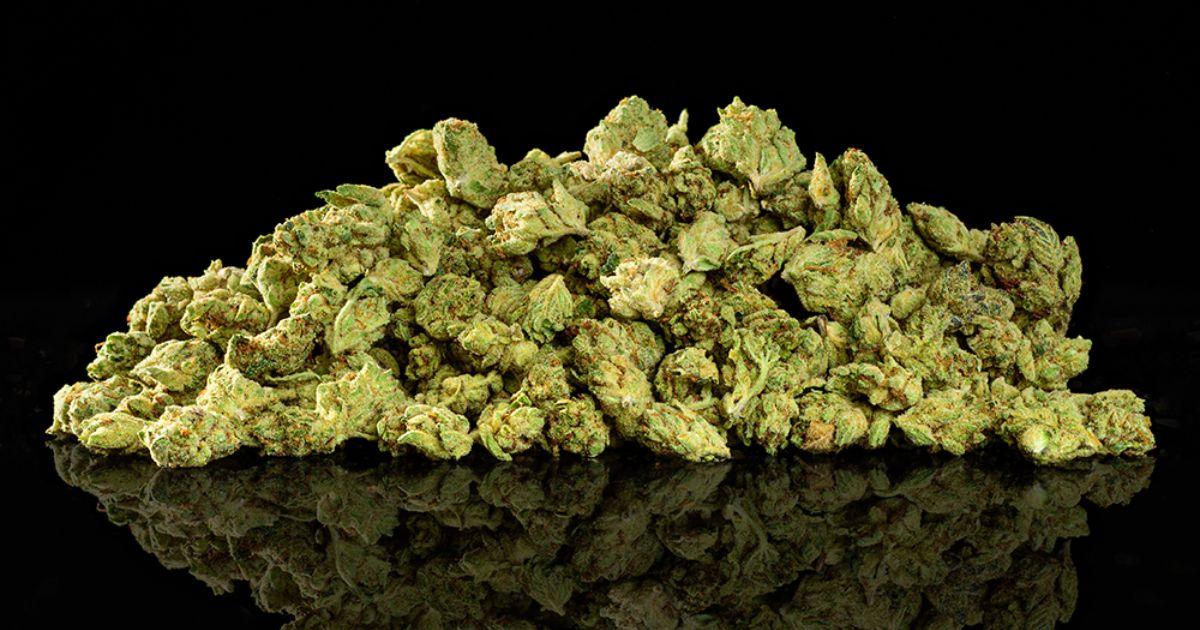
Sativa Harvest
In contrast, sativas grow and develop at a slower pace due to their equatorial origins, prolonging the time needed to cultivate a matured sativa harvest. These plants originally came from a place where longer durations of sunny months have allowed these genetics to thrive. Depending on the cultivar or even phenotype within the strain, from seed to harvest, a sativa plant can take up to 10 months in order to properly mature for optimal harvest.
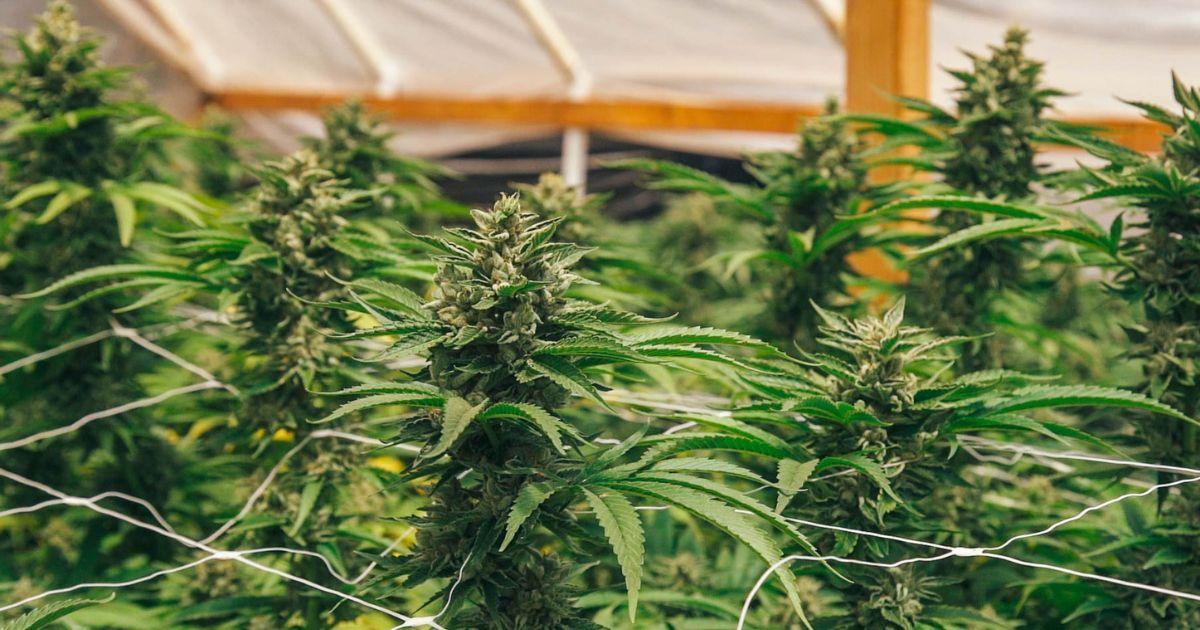
Fall Harvest Extraction For Concentrates and Vapes
The massive influx of freshly harvested cannabis doesn’t only find its way into pre-packaged flower and pre-rolls. A massive amount of what is harvested in Croptober will also be used by production labs in order to make some of your favorite concentrates, edibles, topicals and vapes.
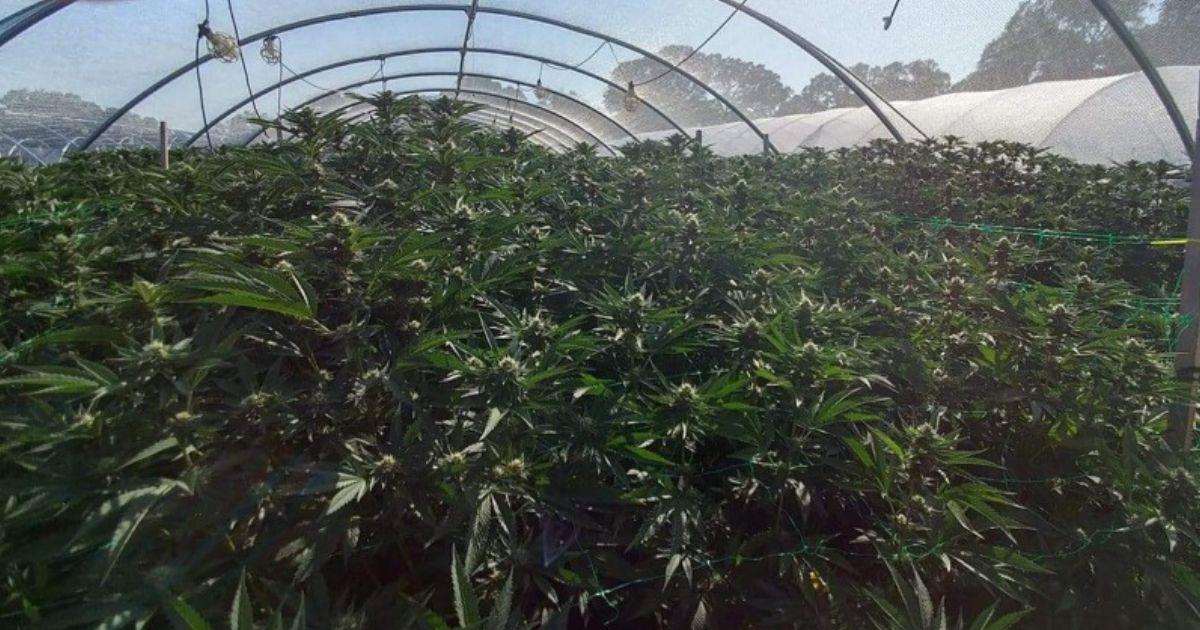
California’s best production labs take everything from the cannabis buds from the shake to the trim to use for extraction. Every part of the plant is utilized. Nothing is gone to waste. Lab managers and extractors are excited to see what these fresh harvests and genetics can yield as far as cannabinoid or terpene content, whether it be via CO2, BHO or solventless extraction methods.
Raw Garden
Nestled in the rolling hills of Santa Ynez, in Santa Barbara’s wine country, Raw Garden has established over 50 acres of hoop houses on their farm. Raw Garden’s harvesting processes utilize a state-of-the-art Cryogenic freezing technique to capture and lock in the whole essence of the cannabis plant while it is still fresh and alive. Once preserved, Raw Garden extracts the cannabis oil from the frozen plants to create their patented Raw Garden Live Resin and Refined Live Resin products.
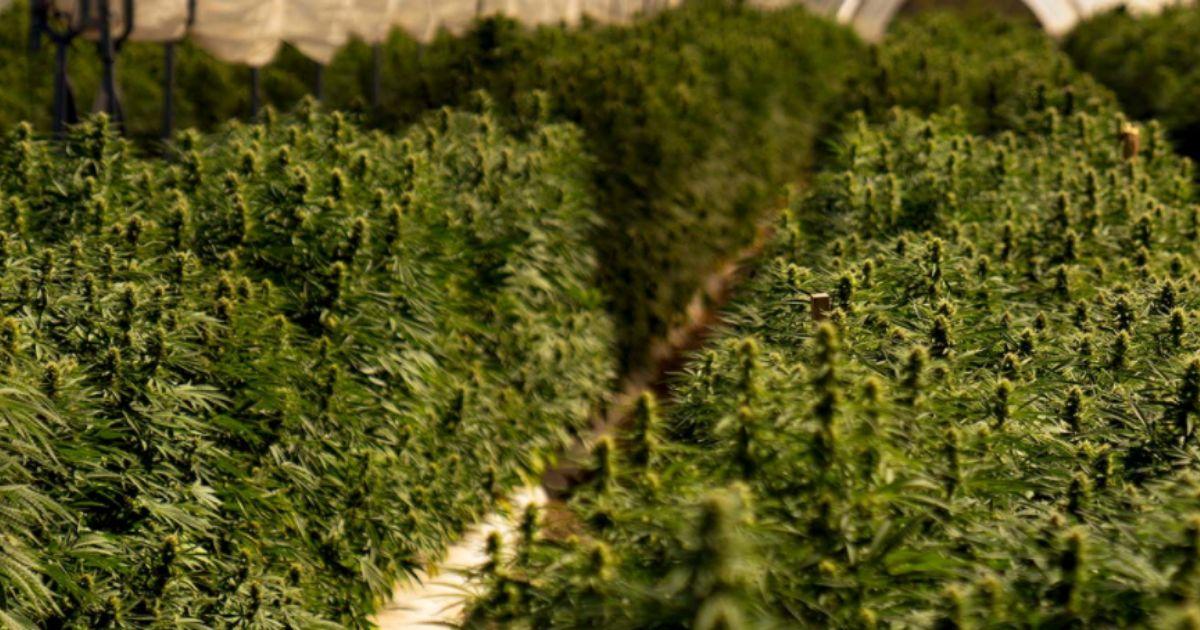
Real Deal Resin
Real Deal Resin sources the flower they use to make their rosin from small batch outdoor farms and greenhouses in Northern California. Having access to rare genetics and top level cultivators gives Real Deal Resin some of the best starting material. Their solventless hash rosin dabs are not made in the typical solvent extraction process like cured or live resin concentrates because no color remediation is involved during their extraction process. They have no interest in making CO2 or butane hash oil. Real Deal Resin’s solventless extraction process requires zero volatile chemicals or hydrocarbon solvents when sourcing pure cannabis extract.
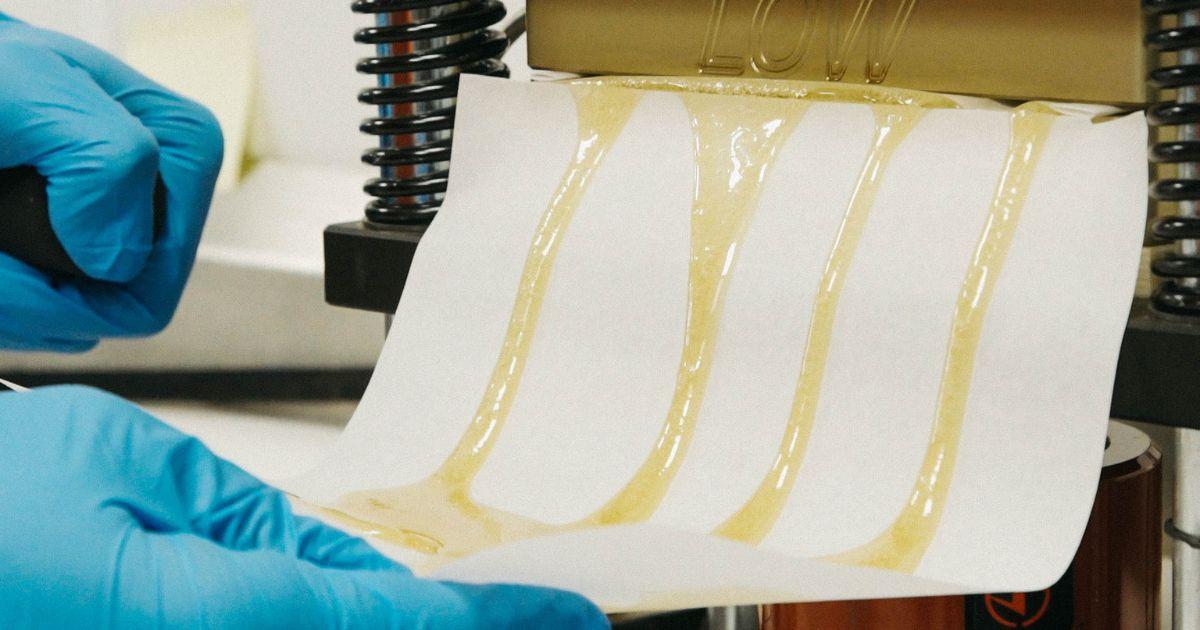
Having built their reputation on hash rosin, Real Deal Resin continued to expand their products in their second year of selling in the legal market. They recently released their solventless vapes in Summer 2022. Starting with fresh press rosin and running it through a proprietary degassing process makes Real Deal Resin’s vapes shelf stable. Through this proprietary process they are also able to retain the robust terpene profiles of a live extract.
DISCLAIMER: THIS SITE DOES NOT PROVIDE MEDICAL ADVICE.
All information, including but not limited to, text, graphics, images and other materials contained on this site are for informational purposes only. No text, graphics, images or other materials on this site are intended to be professional medical advice or a substitute for professional medical advice, diagnosis or treatment. Always seek the advice of your physician or other qualified health care provider with any questions you may have regarding a medical condition or treatment and before undertaking a new health care regimen, and never disregard professional medical advice or delay in seeking professional medical advice because of something you have viewed on this site.